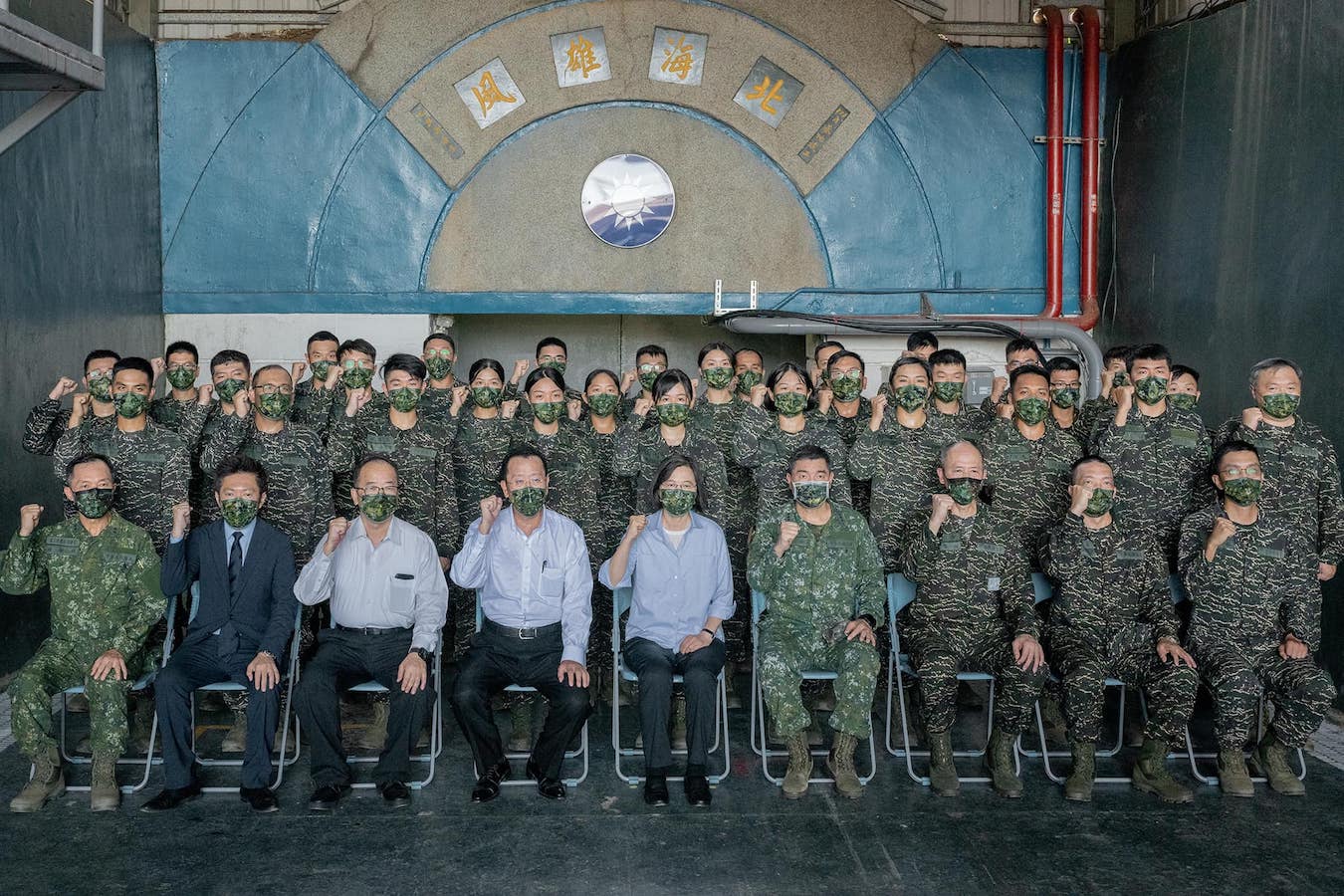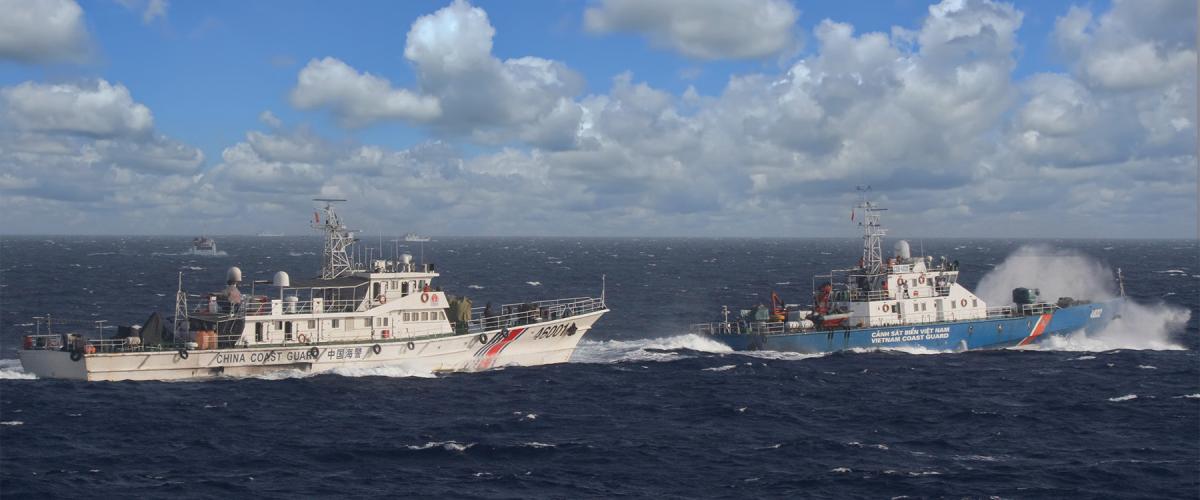A bit of actual theoretical war crafting between China and Tiawan. I've never seen this brought up before, but once your aware of it it seems pretty obvious to me, so its probably not as unique a thought than I think.
The essence of the idea is to slow roll the war and engage in steady escalation, partially to limit risk by making the ability to back out if things go bad, and to work against the short term limits of American power and attention.
The idea is to start small and limited with "gentle" pokes to test American and Taiwanese resolve and ability. This is by going after, one at a time, the obvious targets to go after: the immediate islands controlled by Tiawan off the coast of China.
The first obvious target is Wuciou, at least by my look. Its a small island of roughly 1 square km with 600 people and a seemingly small garrison. Its roughly 20 km from a major Chinese island, and 30 km from the mainland proper. Putting it just within long range conventional artillery range, and I believe their amphibious attack vehicles like the Type 05 should be able to drive off a mainland beach onto a beach on the island, if there are any good land zones.
Aircraft, Drones, and helicopters reaching the location would be trivial. This makes the location relatively easy to attack from China and hard to defend from Taiwan.
Thus, China can engineer some crisis around it to poke Taiwan and hopefully put it into a bind. If they move troops forward, they negate much of the advantage of their defensible position. Expanding the war might open other options to fight in better locations, but is massively more risky for Taiwan than fighting a limited fight around Wuciou.
If Taiwan gives up that island without a fight, that gives at least some experience and testing the abilities of the Chinese army, demoralizes Taiwan, and adjusts the West to the idea that China is going to get Taiwan.
If Taiwan resists, and the result is an embarrassing outcome, China can pull back with minimal overall cost, like previous cross straight crisis. And if Taiwan resists and an outcome occurs that's favorable to China, China is still not necesarily in a position where mass war is required and can choose how to exploit its victory, moving on to another island right away, or negotiating some temporary additional benefit.
Ideally, it would be clear within roughly 6 months the outcome of the Wuciou crisis and where to advance from there.
If continuing to push makes sense, next target is the Matsu islands. These are much more substantial, with 5 major islands and 12,000 people, though still only roughly 30 km^2. If Taiwan intends to militarily resist Chinese takeover, I would expect Taiwan to make some resistance here. Still, fighting here plays to China's potential strengths and undermines Taiwans. If Taiwan pours a 100,000 men to defend these islands, fighting them here is better than on Formosa. And its still and easier place to walk back if things go bad.
The ideal outcome, besides Taiwan giving up without a fight, is to tie down the entire Taiwanese army onto tiny islands to be shelled and airstrike to death over a year or two, a year or two of war which stresses Taiwanese finance and moral, American Attention span, and for moral and financial strain to have effects: if Taiwan looks doomed, or fighting China looks too much like a meat grinder, 6 month to a year is probably the range of time for initial rally to the flag feelings to move off their highs, and people in general start looking to get out, in whichever direction thinks preserves them.
Finally, after the Matsu islands is resolved 1-2 years into the crisis, if it makes sense to keep going the only major island left is Kinman. This is a much more substantial island than any others, 150 km^2 and with a population of 127,000 people. It will be very tempting for Taiwan to try and defend the island, and if it has been left alone for 1-2 years as other battles were ongoing, it would further make it much more tempting move forces forward, which will put them in an area which it will be much more likely to be trapped and destroyed fighting in unfavorable positions.
Thus, under ideal for China situations if fighting is required, you spend 2-3 drawing the Taiwanese army forward where you can inflict 200-300k casualties in a set up unfavorable to Taiwan, over a period of time for economic and moral damage to take hold, and American interest and moral outrage to subside, and a sense of inevitable Chinese victory to seep into Taiwanese and American conciousness. So that Ideally Formosa itself can be ideally taken without a serious fight.
Or, if Taiwanese or American resistance is stronger than expected and Chinese power weaker, China can walk back the crisis without having actually risked all that much.






/cloudfront-us-east-2.images.arcpublishing.com/reuters/54KIGUATN5IDRF2T6ULPX44PAM.jpg)

